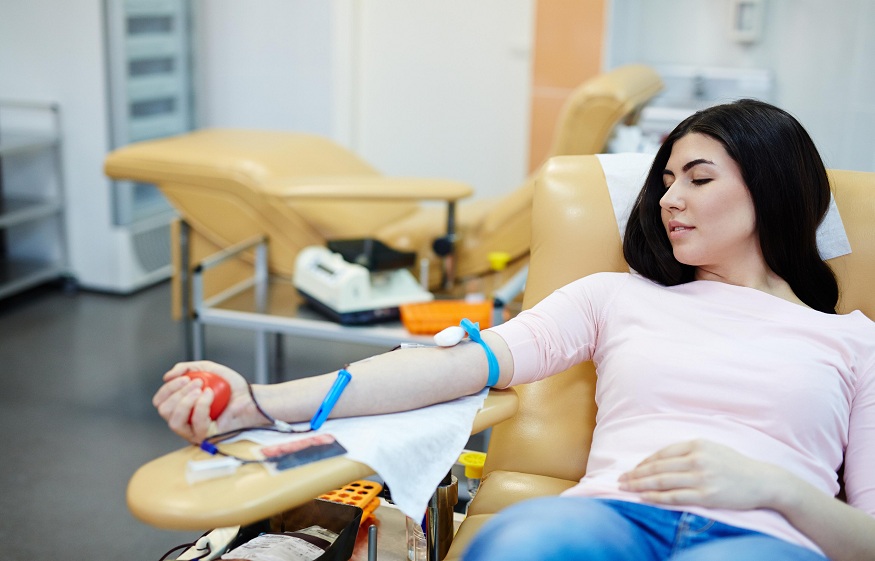Talking about plasma, it’s the liquid portion of blood that constitutes 55% of human blood. And the remaining 45% constitutes red and white blood cells and platelets suspended in the plasma, suspended in the plasma. A human body should have the correct percentage of plasma to maintain blood pressure and volume, supply essential proteins for blood clotting and immunity, maintain a proper pH balance, etc. Plasma donation holds importance for trauma, burn, and shock patients to boost their blood volume and aid with blood clotting. Read further to know a detailed process for giving plasma.
Table of Contents
Preparations Before Plasma Donation
Before donating plasma, one should be adequately prepared. Some tips to follow are- eating healthy, sleeping well, drinking plenty of water, dressing comfortably, and gathering all necessary documents.
Step-by-Step Procedure of Plasma Donation
From check-in to recovery, the entire plasma donation procedure can take about 2 hours for the first time. After that, it will only take about an hour. Below mentioned are all steps that are included in the process for giving plasma:
1. Check-in
After arriving at a plasma center, one must check in at the front desk. The person will be asked to show a valid photo ID, proof of social security, and address.
2. Screening
Every time an individual donates plasma, he will receive a health screening. This ensures that he is in good health and eligible to donate plasma. The screening process involves getting the candidate’s blood sample and getting his vital signs checked, including his pulse, blood pressure, and temperature.
3. Physical Exam
The first time a person donates plasma, he will receive a physical exam from a qualified and trained healthcare specialist. Moreover, this confidential physical exam is received at least once a year to ensure the donor stays in good health.
4. Donation
After approval, the candidate will be set up at a plasmapheresis machine by the plasma center staff. This is specialized equipment, the primary function of which is to collect white blood from a vein in an individual’s arm. This machine will separate the plasma and return the remaining blood component (red and white blood cells and plasma) to his arm.
During the plasma donation, the medical staff gives saline or oral fluids to the donor to help maintain his circulation. This entire donation process can take about 1 hour. And medical staff monitor the process to ensure that the donor is safe and comfortable.
5. Recovery
After donating plasma, it’s recommended to stay at the plasma center for 10 to 15 minutes to be sure that one is rehydrated and feeling well to travel home.
Conclusion
In the United States, plasma collection is regulated by the U.S. Food and Drug Administration (FDA). And it requires performing two separate tests on the donor’s plasma to ensure that it’s safe to share with others. Moreover, once the process for giving plasma is completed, donated plasma can only be used 2 times. Therefore, an individual should revisit the same plasma center within 6 months to donate plasma. Furthermore, plasma regenerates quickly, and with proper hydration, the donor can maintain average blood volume within 48 hours.

